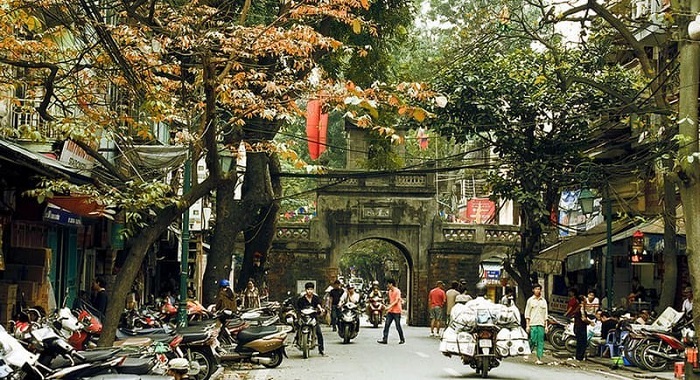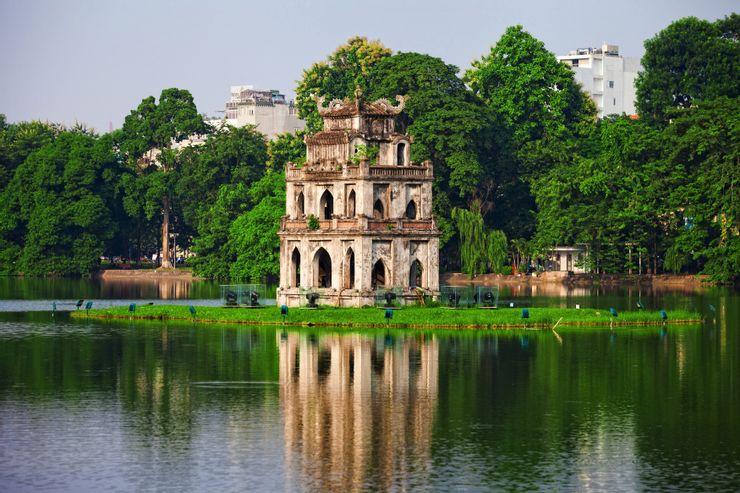Hanoi – The capital of thousand years of civilization of Vietnam
Hanoi is the capital and second-largest city of Vietnam, located in the northern part of the country. It covers an area of 3,359.82 square kilometers and has a population of about 8.3 million people. It is a city with a long and rich history, culture and charm, as well as a dynamic and modern metropolis.

Hanoi can trace its origins back to the third century BC, when it was the capital of the ancient Vietnamese state of Au Lac. It later became part of the Chinese empire, and then the independent Dai Viet kingdom in the 10th century. In 1010, Emperor
Ly Thai To moved the capital to Thang Long, the former name of Hanoi, meaning “ascending dragon”. The city flourished as a political, economic and cultural center for centuries, until it was occupied by the French colonialists in the 19th century.
Hanoi became the capital of French Indochina, and underwent many changes under Western influence. In 1954, after the First Indochina War, Hanoi was liberated by the Viet Minh and became the capital of North Vietnam. During the Vietnam War,
Hanoi was heavily bombed by the US air force, but managed to survive and rebuild. In 1976, after the reunification of Vietnam, Hanoi was confirmed as the capital of the Socialist Republic of Vietnam.
Hanoi is a city that showcases its diverse and distinctive heritage in its architecture, monuments and streetscapes. The city has many historic and cultural landmarks, such as the Ho Chi Minh Mausoleum, where the revered leader’s body is preserved; the Temple of Literature, the first university of Vietnam founded in 1070; the One Pillar Pagoda, a unique wooden structure built in 1049; the Imperial Citadel of Thang Long, a UNESCO World Heritage Site that reflects the city’s political and military history; and the Hoan Kiem Lake, a scenic and symbolic spot in the heart of the city. The city also has many examples of French colonial architecture, such as the Opera House, the St Joseph’s Cathedral and the Grand Hotel Metropole. The city’s Old Quarter is a lively and colorful area that preserves the traditional layout and atmosphere of a centuries-old trading hub. The Old Quarter is famous for its 36 streets named after different crafts and products, such as silk, silver and paper.
Hanoi is not only a city of history and culture but also a city of creativity and innovation. The city is a hub for arts, education and technology in Vietnam, with many museums, galleries, universities and research centers. The city also has a vibrant and diverse culinary scene, offering a range of dishes from street food to fine dining. Some of the most popular dishes in Hanoi are pho (noodle soup), bun cha (grilled pork with rice noodles), cha ca (fried fish with herbs) and egg coffee (coffee with whipped egg yolk). The city also has a lively nightlife, with many bars, clubs and theaters to suit different tastes and moods.

Hanoi is a city that welcomes visitors with its charm and hospitality. The city offers a variety of activities and experiences for tourists, such as exploring its heritage sites, museums and markets; enjoying its cuisine, coffee and beer; participating in its festivals, such as Tet (Lunar New Year) and Mid-Autumn Festival; taking day trips to nearby attractions, such as Ha Long Bay or Ninh Binh; or relaxing at its parks or spas. The city also hosts several cultural events throughout the year, such as the Hanoi International Film Festival or the Hanoi Pride Parade. Hanoi is a city that deserves to be discovered by anyone who wants to experience the beauty, diversity and vitality of Vietnam. It is a city where past and present coexist harmoniously; where east meets west; where tradition meets innovation.
Related articles
Major activities of VBA
Vietnam - Country and People